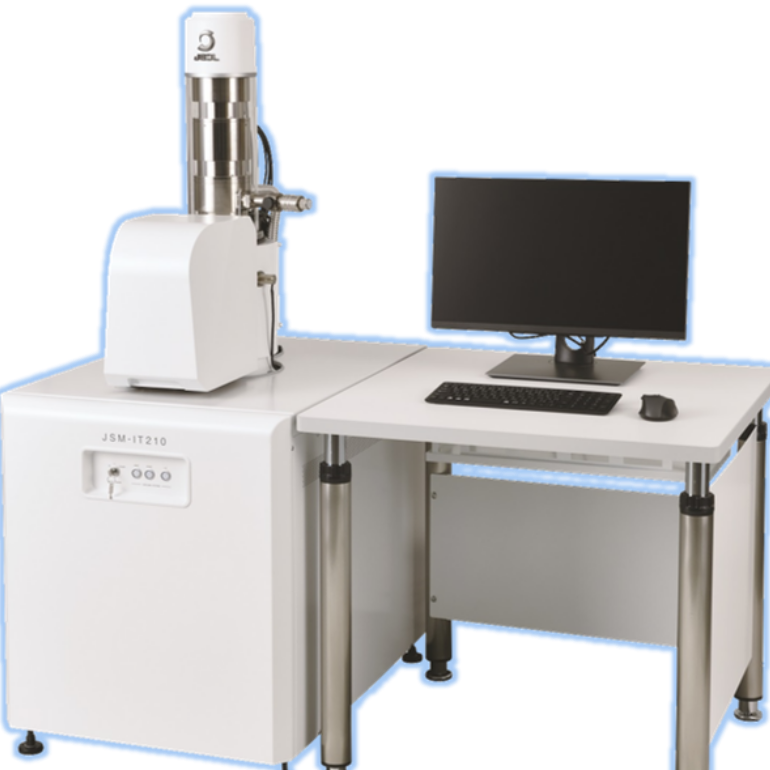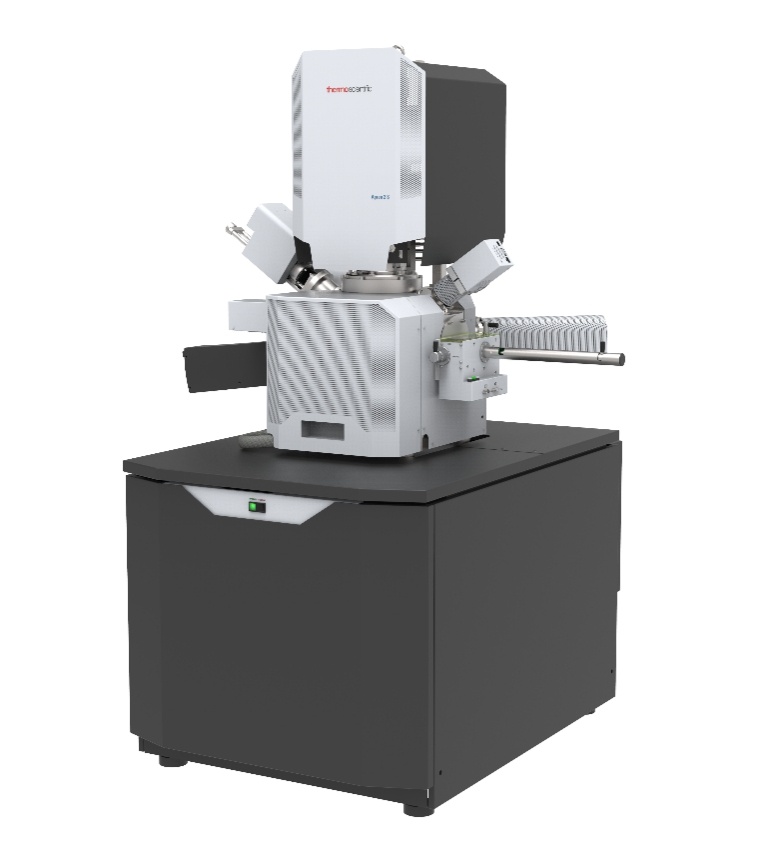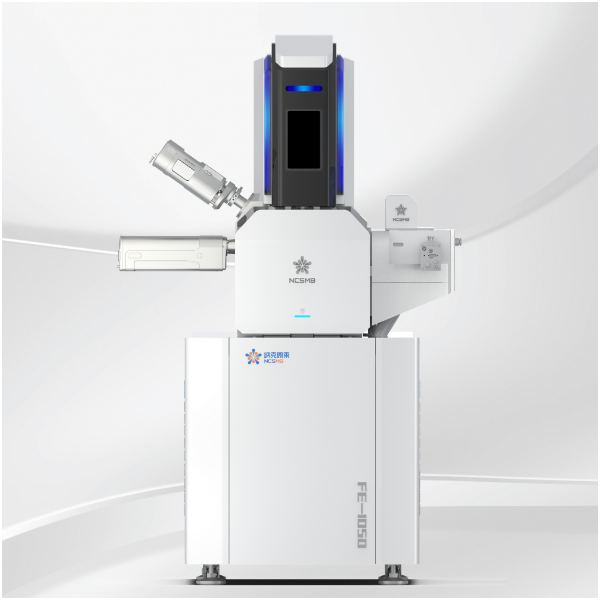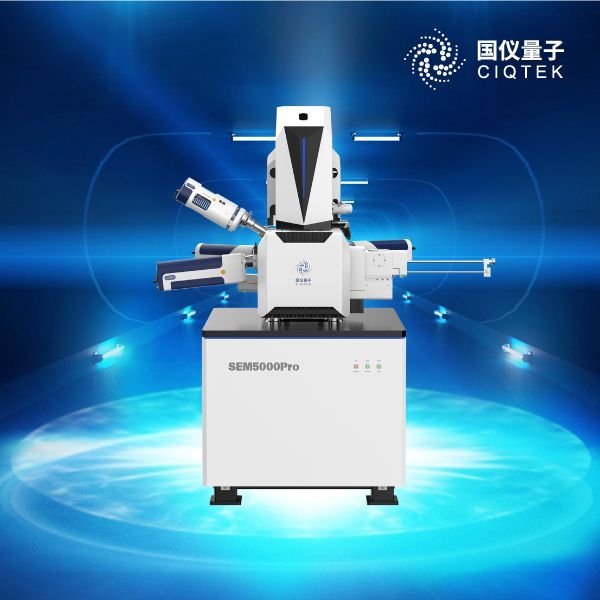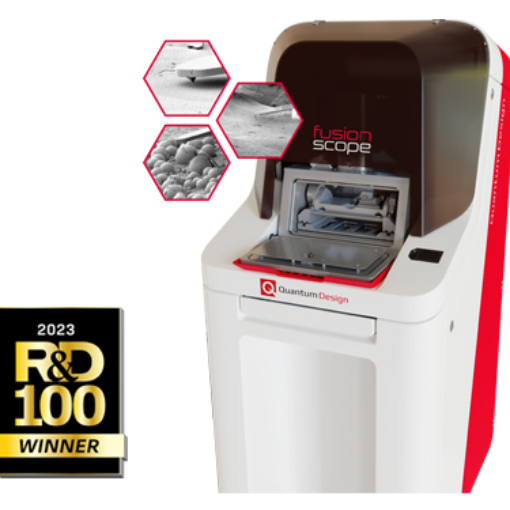
方案详情
文
Summary
Impurities and contaminants in the material used in the production of Li-ion batteries can have
catastrophic impacts on the finished products. As such, monitoring of the quality and cleanliness of
materials throughout the production process is essential if contaminants are to be found and their
sources controlled. This monitoring must start with the raw materials produced at the mine and
continue through to the final battery grade powders.
This application note demonstrates a scanning electron microscopy (SEM) based solution for
automatic detection and identification of impurities in battery raw material powders. By taking
samples at different steps of the production process it is possible to identify where contaminants are
introduced; thereby allowing sources to be identified and solutions developed.
方案详情

From Mine to ManufactureContamination in Li-ion Battery Raw MaterialsApplication Note BatterymanufacturingTransport & Storage Summary Impurities and contaminants in the material used in the production of Li-ion batteries can havecatastrophic impacts on the finished products. As such, monitoring of the quality and cleanliness ofmaterials throughout the production process is essential if contaminants are to be found and theirsources controlled. This monitoring must start with the raw materials produced at the mine andcontinue through to the final battery grade powders. This application note demonstrates a scanning electron microscopy (SEM) based solution forautomatic detection and identification of impurities in battery raw material powders. By takingsamples at different steps of the production process it is possible to identify where contaminants areintroduced; thereby allowing sources to be identified and solutions developed. Automated mineralogy Identification of contaminants Quality (purity) verification Cleanliness of received materials Monitoring of process to ensurethat no contamination is beinaintroduced Characterisation of final products(composition, cleanliness andfeature size) For the final precursor material to be of "battery grade" it isoften the case that impurities must be removed from thepowder which can be both a time consuming and expensiveprocess. Therefore, it is important to have a simple, reliableand fast process to identify impurities to ensure that the finalproducts are suitable, Cathodes in Li-ion batteries are typically made from nickel, cobalt and manganese although other chemistries arealso being developed.Cobalt is of high demand for batteryproduction and the supply of new mined material is c)struggling to keep up with the demand, with implicationsfor it's price. This makes it even more essential to ensure thatthe material is not contaminated and therefore wasted.In this application note we consider contamination of CoOpowder. Here the primary concern is contamination by largeparticles (diameter above 1 um) of Ag, Cu or Zn as these arethe contaminants that have been found to be most likely tolead to failure of the final product. SEM based analysis Contamination particles can be identified in the SEM usingBSE (Backscatter Electron) imaging detectors in combinationwith EDS analysis. Particles with higher mean atomic Znumber, appear brighter in BSE images and the EDS systemcan be used to identify those particles. This approach iseffective when performed manually but is very laboriouswhen large numbers of particles are analysed and can beopen to (often unconscious) bias. AZtecFeature provides an automated detection and analysismethod, which makes it easy to rapidly locate, identify andclassify particles distributed over a large sample area whilemaintaining high spatial resolution. Fig. 1 -a)Thresholded BSE image used to identify particles.b) Selected Cu rich feature. c) Spectrum from the selected feature. Figure 1 shows an example of the automated process; firsta grey level threshold is applied to the BSE image in orderto identify the location of the particles and measure theirmorphology. EDS data is then acquired from the detectedparticles. On the basis of this compositional information aclassification scheme is used to automatically count thenumber of particles of different types containing unwantedelements. Analysis Three samples were analysed using AZtecFeature, onesample from a mine, one sample from a delivery truck andone sample from a processing plant. The sample from the mine and the sample from theprocessing plant consisted of powder material dispersedonto a carbon tab, whereas the sample from the truck wascollected from a dust filter. All 3 samples were analysed with AZtecFeature usingan Ultim Max 170 EDS detector in combination with BSEimaging. A threshold for the grey level in the BSE imagewas defined to ensure that EDS data was only collectedfrom potential contaminant particles to ensure high analysisspeeds. The analysis was performed at an acceleratingvoltage of 20kV covering a 1mm² area on all samples. Sample # Cu richfeatures #Ag richfeatures #Zn rich features Taken at the mine 5 0 0 Dust sample fromtruck 102 0 6 Sample from processing plant 34 24 9 Fig.2-Number of contamination particles from samples taken atdifferent steps along the production process The raw material from the mine did not contain Zn or Agand only a small amount of Cu. The dust sample from thedelivery truck contained a large amount of Cu rich particleswhich could explain the Cu in the sample taken at theprocessing plant. The Ag contaminants appear to have beenintroduced at a later stage in the process.There are several processes which can be used to removethe contamination particles from the powder material,however, each is expensive and time consuming. Byidentifying the stage at which contamination in the waydescribed here, a significant amount of both time andmoney can be saved by solving the problem at source. Inthis specific case, it was determined that implementing simple cleanliness controls in the transport stages wouldhave a significant positive effect in reducing contamination.Furthermore, the data indicates that contamination alsotook place in the processing plant suggesting that furtherinvestigation of the sources of the particles found in thisstage could indicate additional actions that could be takento prevent contamination from other process lines or thehandling of material. Conclusion AZtecFeature offers an easy and fast solution foridentification of contaminants, allowing the quality of thematerial to be monitored all the way from the mine to thefinal product. This is important because contaminationcan be introduced at any step along the process from theinitial production of raw material to manufacture of the finalproduct. The cost of failing to deal with this contaminationis potentially very high as failed batteries can have severeconsequences. The materials presented here are summary in nature, subject to change, and intended forgeneral information only. Performances are configuration dependent. Additional details areavailable. Oxford Instruments NanoAnalysis is certified to ISO9001, ISO14001 and OHSAS18001. AZtec is a Registered Trademarks of Oxford Instruments plc , all other trademarksacknowledged. @ Oxford Instruments plc, 2019.CE All rights reserved.OINA/EDS/AZtecFeature-Li-contamination/0919. SummaryImpurities and contaminants in the material used in the production of Li-ion batteries can havecatastrophic impacts on the finished products. As such, monitoring of the quality and cleanliness ofmaterials throughout the production process is essential if contaminants are to be found and theirsources controlled. This monitoring must start with the raw materials produced at the mine andcontinue through to the final battery grade powders.This application note demonstrates a scanning electron microscopy (SEM) based solution forautomatic detection and identification of impurities in battery raw material powders. By takingsamples at different steps of the production process it is possible to identify where contaminants areintroduced; thereby allowing sources to be identified and solutions developed.
确定
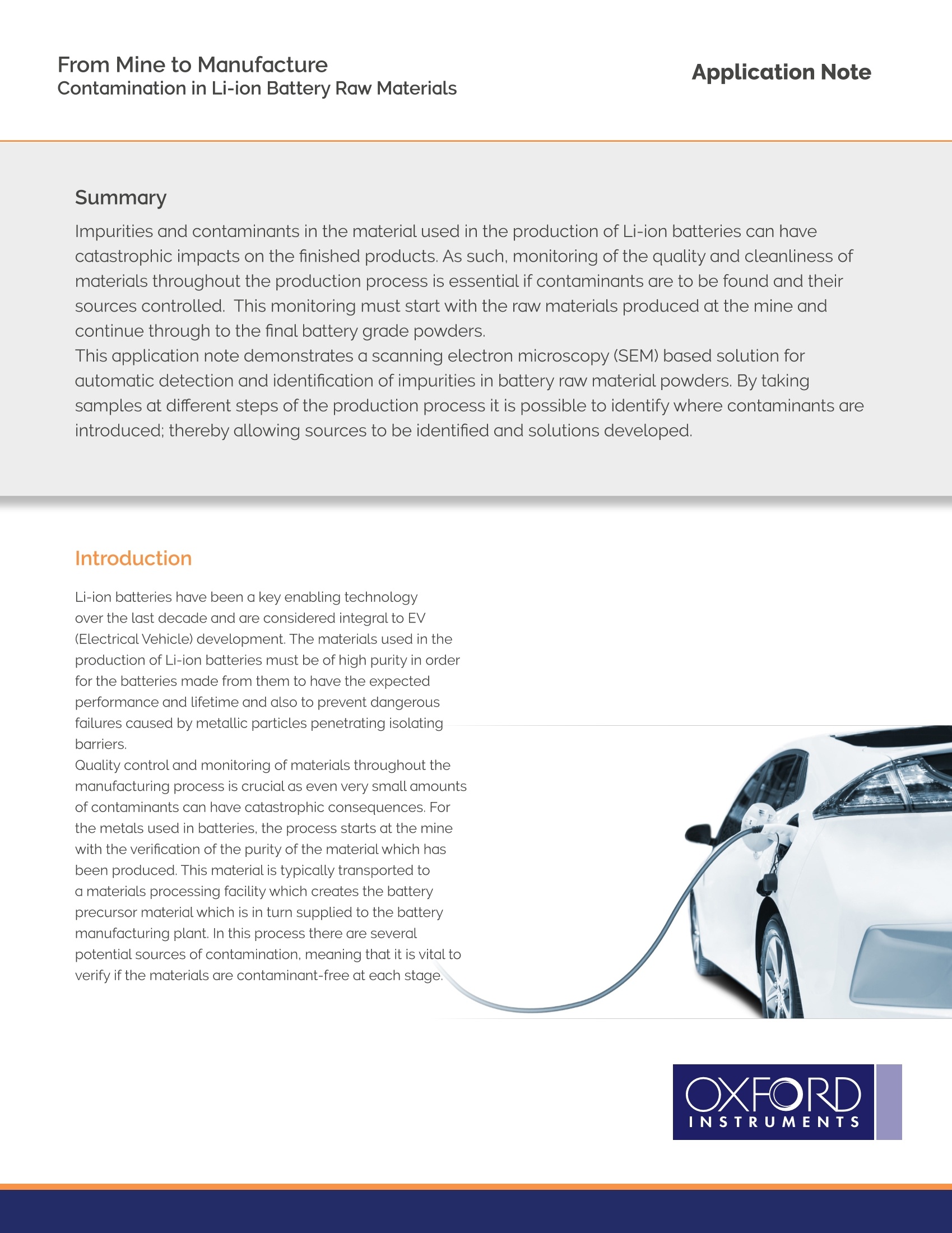
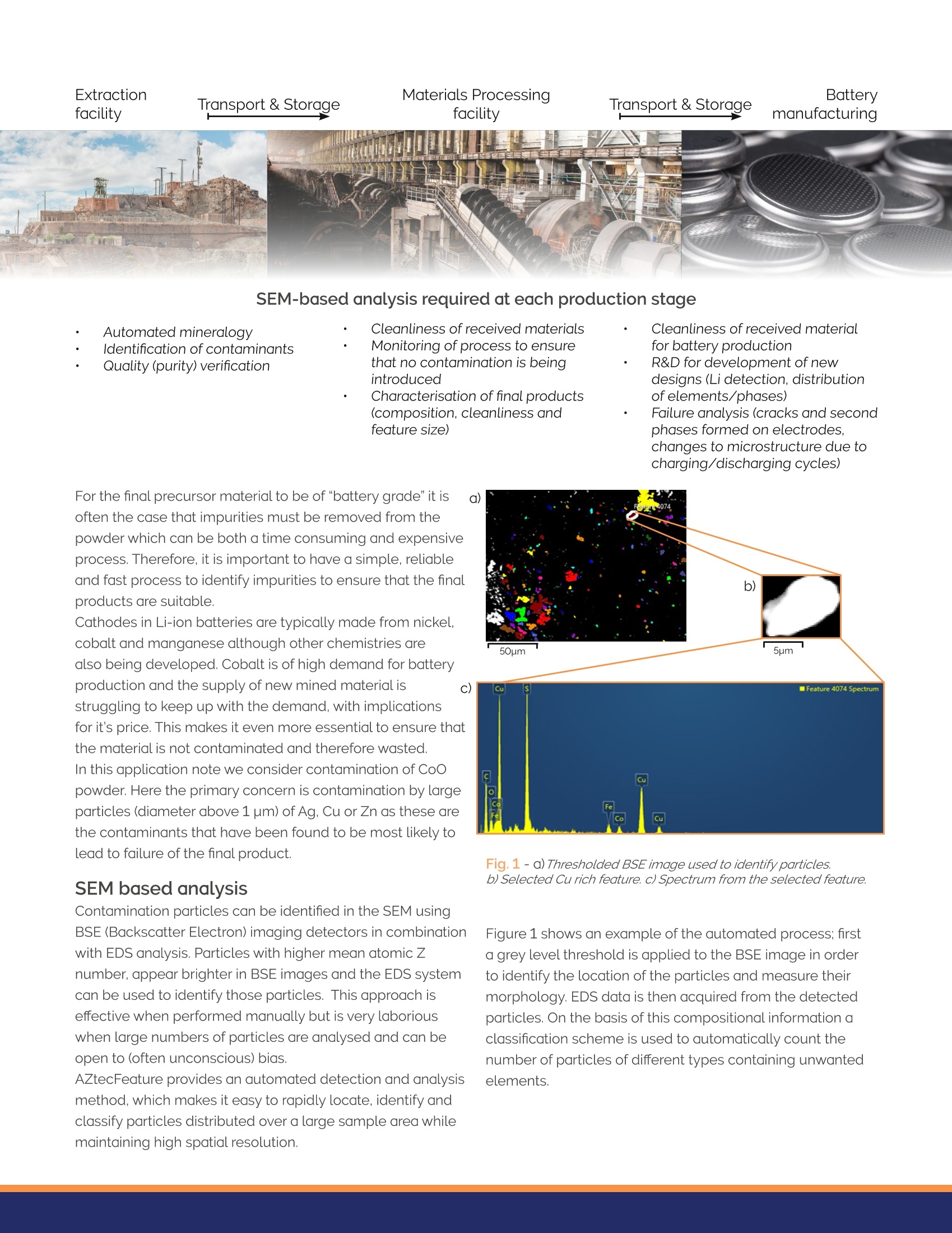

还剩1页未读,是否继续阅读?
牛津仪器科技(上海)有限公司为您提供《锂电池中杂质分析检测方案(扫描电镜)》,该方案主要用于锂电池中杂质分析检测,参考标准--,《锂电池中杂质分析检测方案(扫描电镜)》用到的仪器有电镜专用自动清洁度分析系统---牛津仪器AZtecFeature
推荐专场
相关方案
更多










